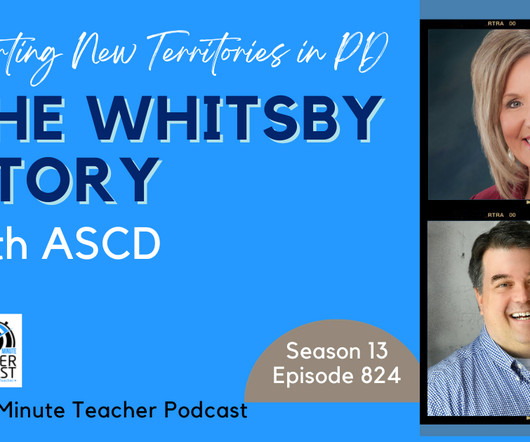How can Teachers Increase Social Learning While Teaching Online?
Ask a Tech Teacher
JUNE 13, 2018
Ila Mishra, a specialist in both LMS and virtual classrooms, has this informative explanation of how teachers can increase their social learning while teaching online classes: Social Learning is defined as learning through observing behavior, attitudes, and outcomes of those behaviors. Gamification in a virtual classroom.
















Let's personalize your content